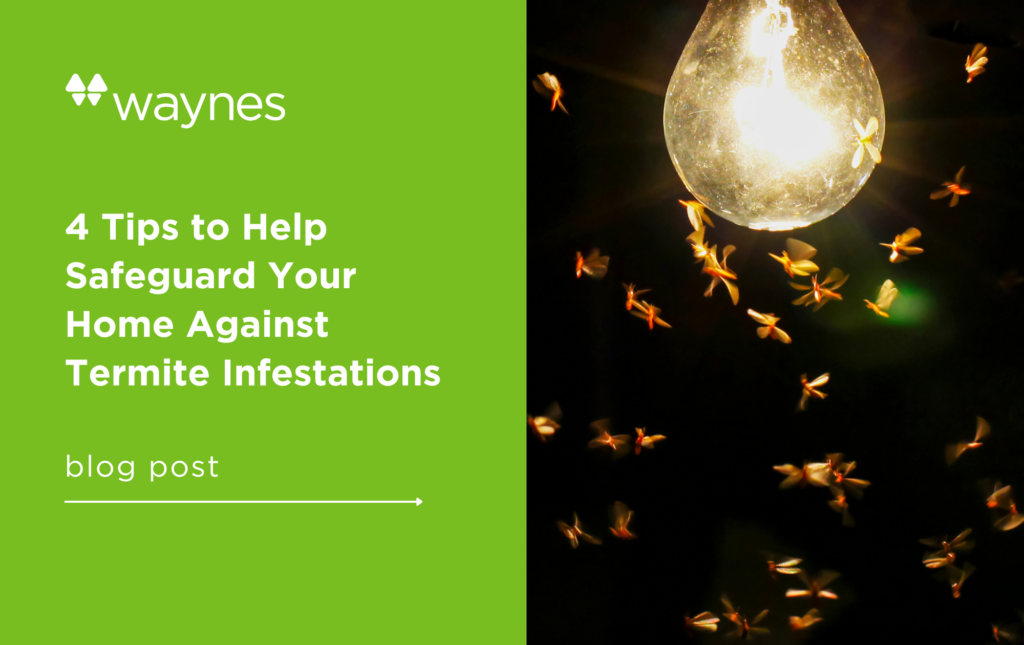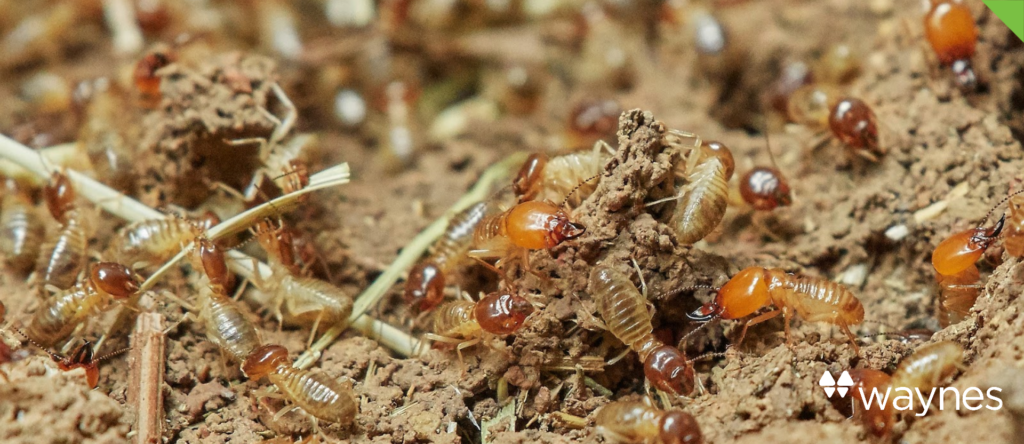There aren’t many things better than a fresh tomato atop a homemade burger or tossed in a summer salad. In fact, whether they’re stuffed, sliced, sauced, or the key ingredient in a delicious salsa, you really can’t go wrong with this vine-ripened masterpiece.
However, you aren’t the only one interested in these tasty tomatoes. Tomato-loving critters abound. Here, though, are the top three tomato-hungry bugs to watch out for this summer, and tips for how you can keep your tomatoes happy and healthy from plant to plate.
#1 – The Stink Bug
Stink bugs are armed and ready for battle with their shield-like backs and long mouths that suck the juice right out of your tomatoes. As a result, young tomatoes won’t develop, while more mature tomatoes will be covered in scars, depressions, and discolorations. The good news is, these bugs have a few chinks in their armor and can be pretty easy to get rid of just by monitoring your garden. Here are a few suggestions for ridding your tomato plants of these stinkers:
- Catch Them When They’re Young – they’re easier to find this way because they tend to congregate in a central location.
- Control Your Weeds – these bugs are easy to spot if you take away their hiding places. By keeping your garden free from overgrowth, you can help prevent these bugs from making a home on or near your plants.
- Soap and Water – grab a bucket of soapy water and get to picking! You can snatch these bugs straight off your plant and drop them in for quick and efficient removal.
- “Trap Crops” – do you know what a stink bug’s favorite color is? Apparently, it’s yellow! You can plant “trap crops” in or near your garden to draw these stink bugs away from your tomatoes and into a feeding ground for birds and wasps. Try buckwheat, sunflowers, or marigolds!
#2 – The Tomato Fruitworm
These caterpillar pests are tunnelers. They’ll enter your tomatoes right at the stem, eat their way through the plant, and leave a big mess. You will NOT want to see what they’ve done with the place. Unfortunately, these fruitworms use the tomato as a bunker, so once they’re inside, it becomes an uphill battle. However, we have a few suggestions on how to “hold the line” and prevent these infestations from happening:
- Egg Hunting – monitor your plants for fruitworm eggs, usually laid on the leaves or near the top of the plant. Eggs go from white to reddish-brown, and are the darkest right before they hatch. Keep an eye out and catch them early!
- Garden Netting – try a mesh netting to protect your plants from these bugs. Tiny holes allow air, water, and sunlight to pass through, but not these munchers!
- Neem Oils – this biodegradable and natural fungicide and pesticide can effectively control 200 species of insects, including the tomato fruitworm! It is safe to use around pets and wildlife, and won’t kill the helpful insects that tend your garden.
#3 – Aphids
Aphids are small, pear-shaped bugs that come in a variety of colors. Like the stinkbug, these pests have a long straw-like mouth to drain the juice from your tomatoes. Afterward, they leave a sticky substance on your fruit and leaves known as “honeydew,” which leads to mold growth. Aphids can also transmit viral diseases that will kill your plants. We have a few suggestions on how to turn this “honeydew” into “honey-don’t:”
- Wash Your Plants – typically, when watering tomato plants, it’s best to direct water at the soil near the base of plants while avoiding wetting the leaves, since wet leaves can invite disease. However, if you notice aphids or other pests on the leaves, you may want to wash them away by shooting them with water from a hose. Don’t forget to check under the leaves!
- Companion Planting – planting marigolds, tansy, mint, and cilantro closely around your tomatoes will keep aphids away!
- Smush ‘em – because they are so small, it is easy to just kill any bugs when you see them. Especially if the infestation is minor, this can be a simple way to keep it under control!
We know a thing or two about pests, and we want to make sure your tomatoes survive this summer’s bug attacks. If these pests find strength in numbers, give us a call and we can tag in! Here at Waynes, we want to keep your home and yard free from bugs and mosquitos. Contact us today for professional lawn care services so you can sit back, relax, and watch your garden bloom.









